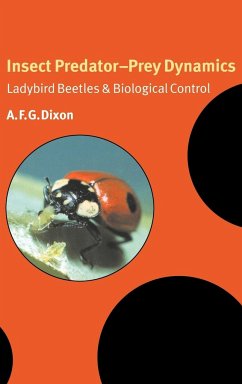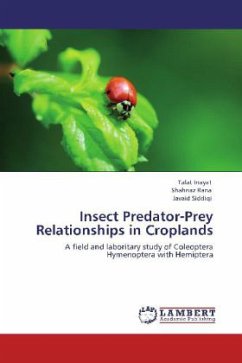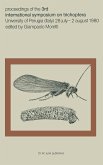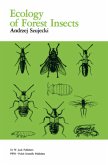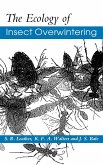Much of our understanding about insect predator-prey dynamics has been due to studies on insect parasitoids. But do true predators such as ladybird beetles really operate in a similar way and how does this affect their use in biological control? The extensive literature on ladybirds as biocontrol agents shows that their size and rate of development is very dependent on the nature of their prey. This volume explores basic ladybird biology, their association with their prey and its effect on development rate and body size. Optimal foraging theory, field observations and laboratory experiments are used to illustrate how ladybird larvae maximise their rate of energy intake, and ladybird adults their fitness. The interdependence of these life history parameters is then used to develop a simple predator-prey model which, with an analysis of the literature, highlights the specific attributes of potentially successful biocontrol agents for all those interested in predator-prey dynamics.
Table of contents:
1. Introduction; 2. Basic biology and structure; 3. Body size; 4. Slow fast continuum in life history parameters; 5. Foraging behaviour; 6. Cannibalism; 7. Theory of predator-prey interactions; 8. Intraguild predation; 9. Biological control; 10. Epilogue; References; Index.
Ladybird beetles have long been used in the biological control of insect pests, but as with many biocontrol agents, they have not always been successful. This book explores the biology and interactions of predator and prey to develop a better understanding of what makes a successful predator for biological control.
Investigates predator-prey dynamics of ladybird beetles, and the implications for biological control.
Table of contents:
1. Introduction; 2. Basic biology and structure; 3. Body size; 4. Slow fast continuum in life history parameters; 5. Foraging behaviour; 6. Cannibalism; 7. Theory of predator-prey interactions; 8. Intraguild predation; 9. Biological control; 10. Epilogue; References; Index.
Ladybird beetles have long been used in the biological control of insect pests, but as with many biocontrol agents, they have not always been successful. This book explores the biology and interactions of predator and prey to develop a better understanding of what makes a successful predator for biological control.
Investigates predator-prey dynamics of ladybird beetles, and the implications for biological control.

